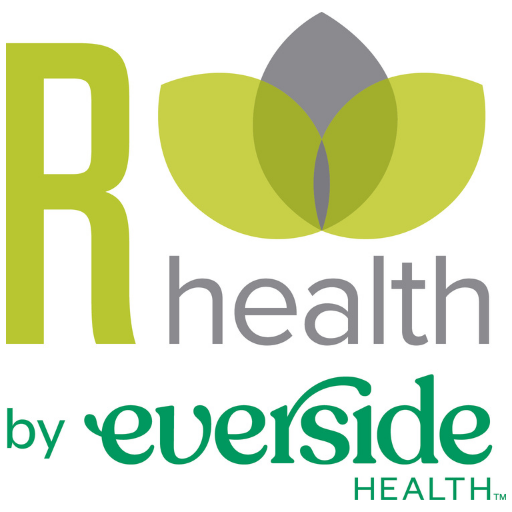A GUIDE TO ENJOYING SUMMER ‘SAFELY’
As we begin to slowly open and some restrictions start to lift, it is hard to know what ‘safe’ vs ‘unsafe’ encounters look like. While prevalence continues to play an important role in our local communities, it’s hard to quantify what that translates to as most want to do the small things like hug family and friends, get our haircut, have a pool party, visit the nail salon, or gather at local bars and restaurants.
We know the urge to get out and enjoy summer is real. That’s why social distancing is more important than ever to keeping you and the ones around you safe.
What is considered ‘safe’?
- Backyard gatherings. With a small group, getting together outside in a spacious area isn’t too risky depending on who you invite and their status or symptoms. To lower your risk, avoid sharing food, drinks, plates or utensils.
- Spending the day at the beach or pool. Watch how close you are to others. As long as you can stay 6 feet apart and gather in a small group, this could be a pretty safe activity.
- Hugging family and friends. You have to use your best judgment—there isn’t a one-size-fits-all. Before you give a hug, know how the other person has been following the social distancing rules. To be extra cautious, avoid the long, lingering hug and the kiss on the cheek or lips.
- Using a public restroom. This could be a pretty scary thought, but most restrooms were designed to avoid the spread of germs. Be sure to avoid waiting in a line to use the bathroom and wash your hands after.
- Going to a vacation house with another family. Again, you will need to use your best judgement here. If both families have been quarantining and limiting their exposure to others, your risk of getting infected is limited. Don’t be afraid to ask.
What is considered ‘unsafe’?
- Eating indoors at a restaurant. Because people tend to linger more, you’re in the restaurant longer and the risk of being exposed to the virus is greater. Especially since you don’t know who you’re dinning next to you and their symptoms. If you do go to a restaurant, look for outdoor seating.
- Attending a place of worship indoors. Worship services tend to bring together those from different households, which could increase the risk of people becoming infected in a short amount of time.
- Getting a haircut or nails done. These are some of the highest risk scenarios as there’s no way to keep 6 feet from the person performing the service and breathing on one another is extended for several minutes.
- Gathering at a bar or nightclub. When most drink, they become less likely to follow the social distancing rules. While there, you are then exposed to crowds, singing, sweating and the risk of sharing drinkware with others who may be infected.
The key to enjoying your summer while minimizing your risk of getting sick is remembering to social distance, wear a face covering, and wash your hands. When possible, always opt for outdoor activities over indoor ones. We hope that knowing what the risks are for specific activities helps you to make the right individual decisions you need to in order to have peace of mind as well as stay safe summer.

